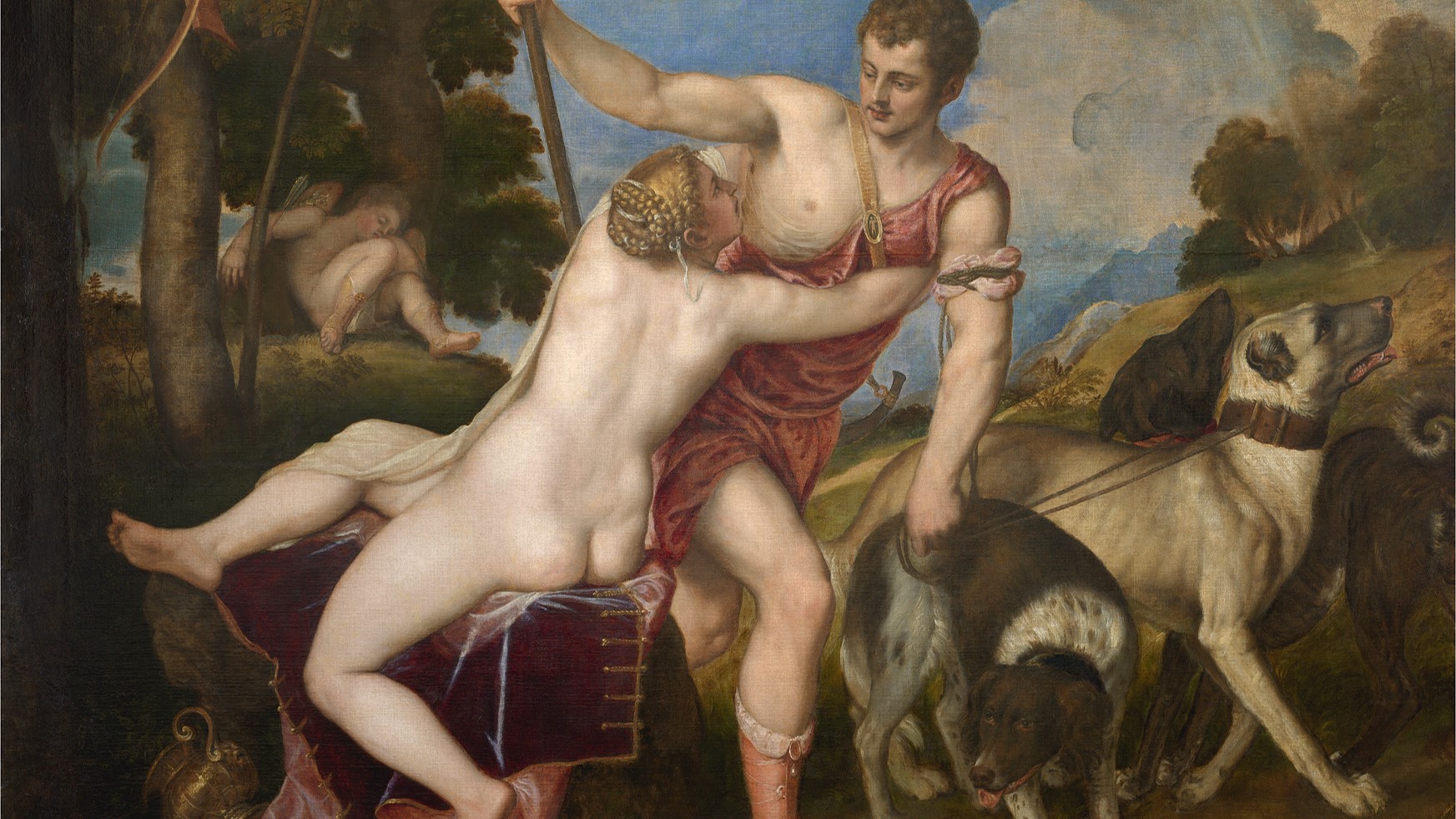Underwriting a major exhibition can be the true test of a fine art insurer. Not only does it represent a huge accumulation of risk—the combined value of works can exceed a billion dollars—it encompasses multiple moving parts, each one critical to the overall success of the project.
Initial assessment
An exhibition’s curatorial team will have likely started planning six-to-twelve months, even years, before a show opens. They must conceptualise the exhibition—the theme, its component works, their locations—and make initial overtures to museums and collectors. Legal counsel is brought in to draft loan agreements and copyright approvals. During these negotiations, it is not unusual for collectors and museums loaning valuable or fragile works to insist on special protections, such as extra security measures, viewing barriers, partitions, glazing protecting the works, and barring photography. In addition, any work loaned to the exhibition will typically need to be fully insured by the organisers.
Fine art specialty insurers like Liberty generally become involved in an exhibition’s planning three-to-four months before artworks are due to be transported. One of our broker partners will bring us the exhibition organiser’s request for insurance. These are usually specialist fine art brokers with whom we have worked regularly and have built strong working relationships.
When a broker first presents an exhibition risk, the organiser is seeking a preliminary quotation, which is necessary for their overall cost assessment. Major exhibitions are inherently expensive to stage: the client needs to consider whether the exhibition concept is economically viable. Insurance costs will play a key role in that calculation.
To provide that initial quotation, we conduct a detailed analysis of the risk, focusing on time, location, and the scope of the exhibition before drilling down into specifics. We evaluate the list of works included in the show and their values. We consider the artists and the mediums used. Are we talking about oil paintings or ceramics? Are they modern or antique? What is the condition? The broker will be heavily involved at this stage. Often outside expertise may be brought onto the team as well. For example, we may ask a surveyor to visit the exhibition venue in order to evaluate it. A lengthy discussion with our claims team will almost certainly be required, particularly to cover areas like emergency preparedness and evacuation protocols.
Venue specifics
Once we’ve mapped the logistics of the exhibition, our attention turns to the venue itself. Is it a museum, a private foundation or a municipal or government building? What are the specifics of its construction? What degree of climate control does it offer? And, of vital importance, what security systems and protocols will be in place? At one end of the spectrum, cordons and roped-off areas are helpful. They offer protection from extended fingers, phones on extending selfie-sticks—even a person tripping and falling backwards while taking a photograph of themselves. And yes, all three have happened. At the other end, guards, motion detectors and security glazing all significantly increase underwriters’ comfort levels. Granted, a smaller, low-key exhibition may not merit high levels of security, but controversial or exceptionally high value works necessitate greater protection.
Transportation
The transportation and handling of the works is an aspect of the exhibition that requires considerable scrutiny. Each time a piece is touched or moved, the risk of damage increases. According to an article in the Financial Times, 60% of all art claims are for works in transit, so the mode of transport and security arrangements are critical. Will specialised fine art packers and shippers be hired? Will the works travel by road, air or sea? If travelling by truck, what is the total value of art per vehicle and do the vehicles have air-cushion suspension and security features? Will there be back-up drivers or lead-and-follow guard vehicles? All of these affect the risk assessment.
Before any piece of art can be transported, it needs to be examined and photographed to document its condition. If damage is picked up at this stage, conservation work could be required before travel. The last thing we want to do is exacerbate a problem by moving the object. The piece would then be covered in a non-reactive/non-abrasive material and placed in a tailor-made packing case that fits it precisely. These cases are equipped with security seals, are watertight so they can float, and may even have built-in GPS trackers.
Final documentation checks
Once all insurance details are finalised and the policy comes into effect, the next step is to ensure that all documentation and policy specifics are fully embedded and accepted by all parties. Only when this is complete can art be transported. Further inspections or an onsite survey of the exhibition venue may be needed, particularly if the art is of high value or is fragile. A piece that has risen to what might be called ‘national treasure’ status would also merit further assessment due to its propensity to attract vandals and criminals. Regular communication with the broker is critical at this stage, as aspects of the transportation arrangements change frequently, and works may be withdrawn and replaced with alternatives.
Across the globe, millions of dollars’ worth of artworks begin their respective journeys, converging on a single point in a major metropolitan center, the culmination of months of detailed planning. In a post COVID-19 world, when the museum or gallery’s doors finally open to the public again, some blockbuster exhibitions have been delayed, cancelled or downsized and attendance in the immediate aftermath will be reduced to comply with social distancing regulations. In the shortterm people may be ushered through in timed groups to appreciate the must-see exhibition of the year.
When the exhibition finally closes, underwriters will allow themselves a small sigh of relief, but the job is far from over. Works must be taken down, repacked and shipped to their owners. The huge transportation operation shifts into reverse. Only when the pieces have completed their journeys - what we call ‘from nail to nail’- can an insurer finally relax.
Protection on an epic scale
The value of the works that comprise a major art exhibition such as Titian: Love, Desire, Death can add up to a staggering amount. Without the protection of insurance, these events could simply not be staged.
On a personal note, one the greatest rewards of my job is being able to attend the exhibitions we insure. After our team has dedicated so many hours poring over spreadsheets listing values, exhibition details and shipping information, there is no greater pleasure than stepping back to experience the show as a visitor and art lover. In a world too often dominated by phone and computer screens, seeing great works of art in person remains an awe-inspiring experience – which is why the popularity of great exhibitions will never wain.
Photo: Titian, Venus and Adonis, 1554 Oil on canvas, 186 × 207 cm © Museo Nacional del Prado, Madrid


